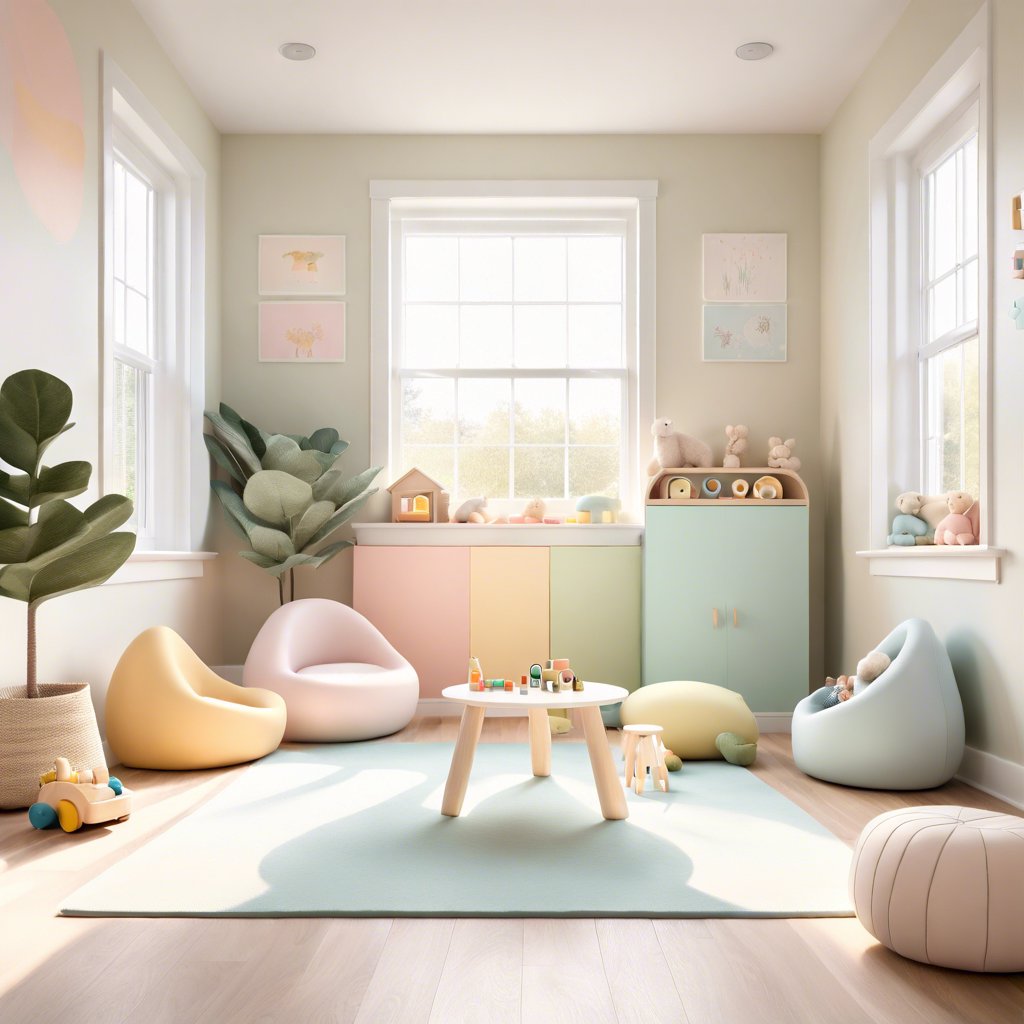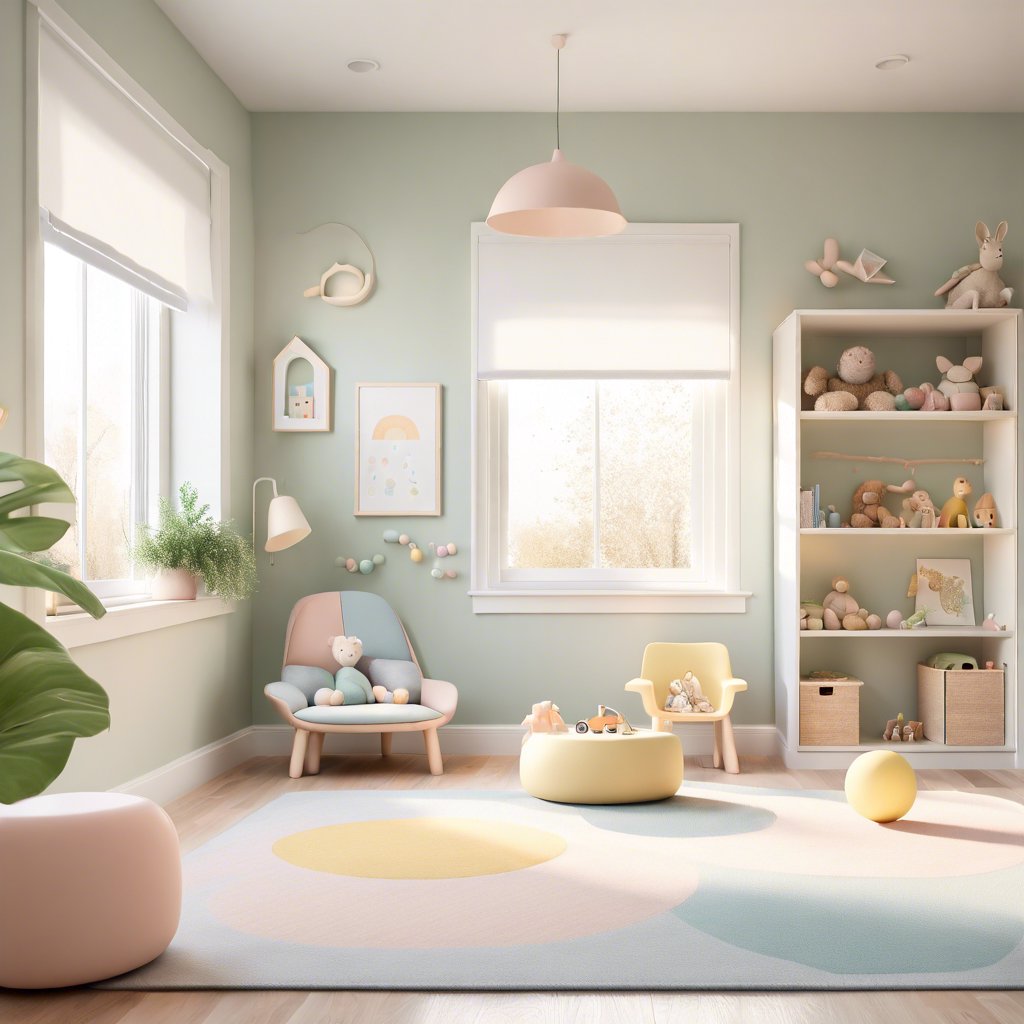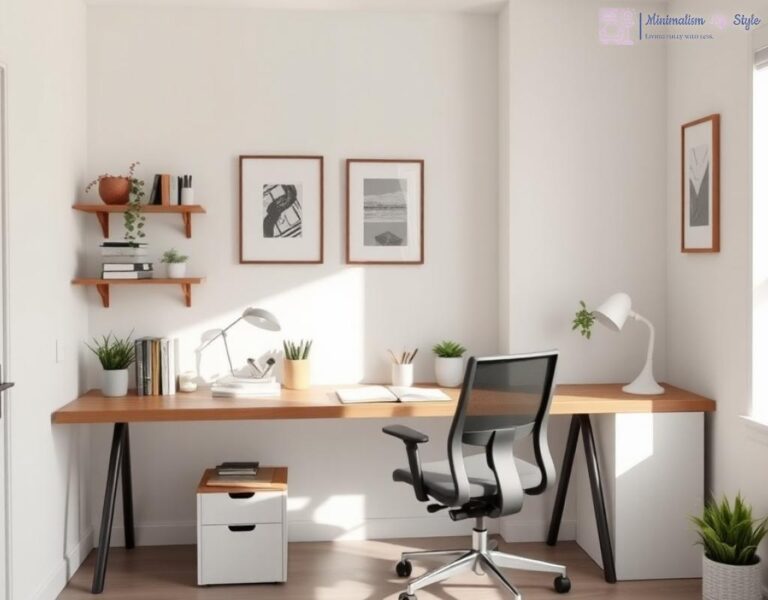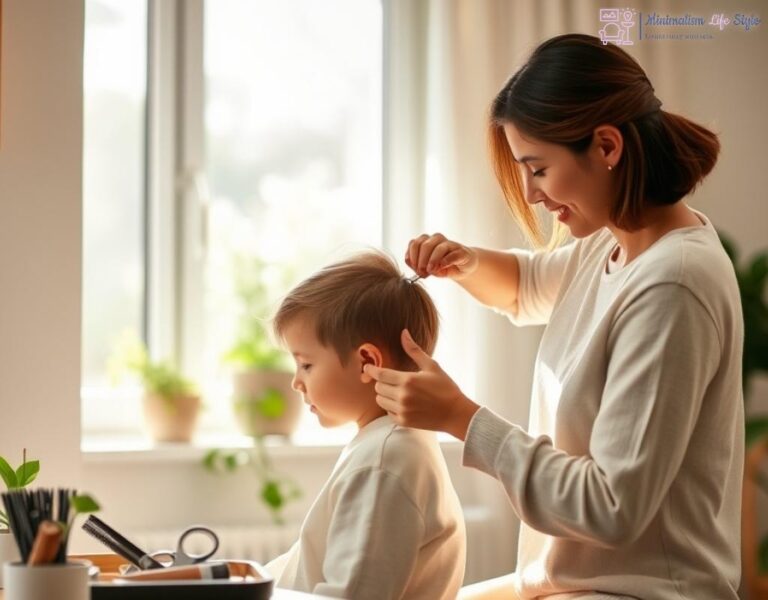In a world overflowing with toys, the minimalist approach to playrooms offers a refreshing alternative. By reducing clutter, we can foster creativity and inspire children to engage their imaginations. A minimalist playroom is not just about having fewer toys; it’s about creating an environment that encourages exploration and innovation.

Research shows that too many choices can overwhelm children, stifling their creativity. When a playroom is filled with countless toys, kids often resort to the same few items, limiting their imaginative play. By embracing a minimalist ethos, we can provide children with the mental space to think outside the box and invent their own games.

This shift in mindset can lead to significant developmental benefits, including improved problem-solving skills and enhanced emotional resilience. A minimalist playroom not only looks aesthetically pleasing but also supports healthier cognitive development.
Designing a minimalist playroom involves thoughtful selection of essential items that stimulate creativity. Here’s a curated list of must-have elements that can transform any playroom into a hub of imaginative play:
- Natural Materials: Incorporate wooden toys, fabric, and art supplies that are safe and promote tactile exploration.
- Open Space: Ensure ample room for movement and free play, allowing kids to create their own activities.
- Flexible Furniture: Use items that can be easily rearranged or repurposed, fostering adaptability and creativity.
- Art Corner: Designate a space for drawing and crafting, encouraging self-expression through art.
- Story Nook: Create a cozy reading area with books that inspire imagination and storytelling.
By focusing on these essential elements, parents can cultivate a playroom that promotes exploration and imaginative thinking, proving that sometimes, less truly is more.




